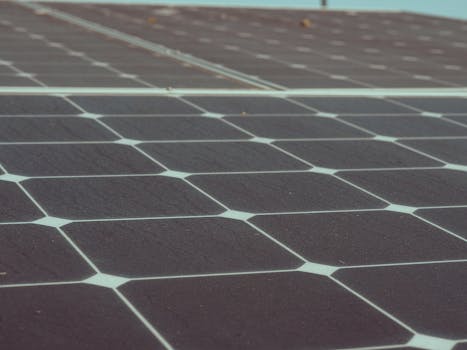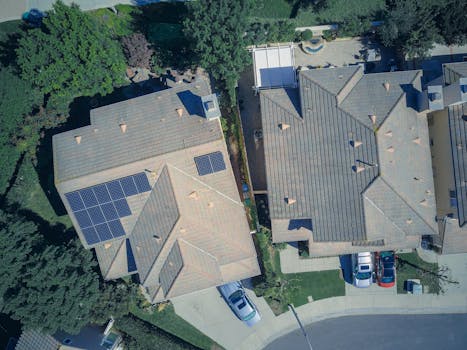
Building a Sustainable Telecom Infrastructure in Africa: Strategies and Success Stories
Focus Keyword: Building a Sustainable Telecom Infrastructure in Africa

Building a sustainable telecom infrastructure in Africa is crucial for the continent’s economic growth and development. With the increasing demand for digital services, it is essential to create a robust and reliable telecom network that can support the needs of the growing population. In this article, we will explore the importance of building a sustainable telecom infrastructure in Africa and discuss successful strategies and stories.
Introduction to Telecom Infrastructure in Africa

Africa has experienced significant growth in the telecom sector over the past decade, with the number of mobile subscribers increasing from 65 million in 2005 to over 440 million in 2020. However, despite this growth, many African countries still face challenges in terms of limited coverage, poor network quality, and high costs. To address these challenges, it is essential to build a sustainable telecom infrastructure that can support the needs of the growing population.
Strategies for Building a Sustainable Telecom Infrastructure in Africa

Several strategies can be employed to build a sustainable telecom infrastructure in Africa. These include:
- Investing in renewable energy sources: Many African countries have an abundance of renewable energy sources such as solar and wind power. Investing in these sources can help reduce the carbon footprint of telecom operators and lower their energy costs.
- Implementing energy-efficient technologies: Telecom operators can implement energy-efficient technologies such as lithium-ion batteries and fuel cells to reduce their energy consumption and lower their costs.
- Developing local content and services: Developing local content and services can help increase the demand for telecom services and support the growth of the local economy.
- Partnering with local communities: Partnering with local communities can help telecom operators better understand the needs of their customers and develop services that meet those needs.
Success Stories in Building a Sustainable Telecom Infrastructure in Africa

Several telecom operators in Africa have successfully implemented sustainable strategies and achieved significant benefits. For example:
- MTN Group: MTN Group, a leading telecom operator in Africa, has implemented a number of sustainable strategies, including investing in renewable energy sources and implementing energy-efficient technologies. The company has reduced its carbon footprint by 50% and lowered its energy costs by 30%.
- Safaricom: Safaricom, a leading telecom operator in Kenya, has developed a number of local content and services, including M-Pesa, a mobile payment service that has revolutionized the way people in Kenya access financial services.
- Orange: Orange, a leading telecom operator in Africa, has partnered with local communities to develop services that meet their needs. The company has launched a number of initiatives, including a digital literacy program that aims to increase access to digital services for low-income communities.
Conclusion

Building a sustainable telecom infrastructure in Africa is crucial for the continent’s economic growth and development. By investing in renewable energy sources, implementing energy-efficient technologies, developing local content and services, and partnering with local communities, telecom operators can reduce their environmental impact, lower their costs, and increase their revenue. As the demand for digital services continues to grow, it is essential for telecom operators to prioritize sustainability and develop strategies that support the needs of the growing population.
See more:





